Science
Could NASA’s upcoming Nancy Grace Roman Telescope find 100,000 planets? – The Next Web
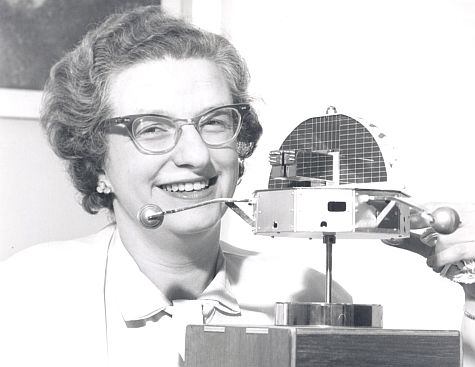
Due for launch in the mid-2020s, the Nancy Grace Roman Telescope is destined to become one of the great planet-hunting telescopes. Although the main mirror at the heart of the Roman Telescope is no larger than the one in the Hubble Space Telescope, the Roman mirror is just 25 percent as massive as its predecessor. With a wider field of view greater than Hubble, this next-generation telescope, formerly known as WFIRST, may discover 100,000 worlds orbiting other stars.
The Roman Telescope will study the sky in infrared wavelengths utilizing two methods to detect exoplanets. The first of these techniques, the transit method, measures dips of light seen from a star as a planet passes “in front of” its stellar parent as seen from Earth. The second method, gravitational microlensing, notes slight increases in light caused by the presence of an exoplanet.
Keep squinting, you’ll see it…
[embedded content]
Hit the play button above for a look at how exoplanets are found using the transit method, in this video provided by NASA.
Most exoplanets discovered so far were found using the transit method. Regular, periodic dimming of a star is the easiest way to find planets, but it only works for systems where an exoplanet passes between the star and Earth.
Astronomers currently know of nearly 4,400 planets orbiting other stars. Of these, about 2,800 were discovered using the transit method by the Kepler spacecraft (which ended its mission in 2018).
The same technique is currently being utilized by the Transiting Exoplanet Survey Satellite (TESS).
[embedded content]
Hit the play button above for a look at how gravitational microlensing can reveal the presence of distant exoplanets, in this video by NASA.
Gravitational microlensing, a brightening of light from a star, results when light from the star bends due to the gravitational forces of an exoplanet, in much the same way as light bends while passing through a convex lens in a telescope. This phenomenon was first predicted by Albert Einstein in his General Theory of Relativity.
“Microlensing events are rare and occur quickly, so you need to look at a lot of stars repeatedly and precisely measure brightness changes to detect them. Those are exactly the same things you need to do to find transiting planets, so by creating a robust microlensing survey, Roman will produce a nice transit survey as well,” said astrophysicist Benjamin Montet of the University of New South Wales in Sydney.
While the transit method works best for systems where the exoplanet orbits to its parent star (creating a larger “silhouette”), gravitational microlensing is most useful in systems where the planet orbits far from its star. Tomes of this data are already recorded, some of it hinting at unknown exoplanets, awaiting confirmation by researchers.
“The fact that we’ll be able to detect thousands of transiting planets just by looking at microlensing data that’s already been taken is exciting. It’s free science,” said Jennifer Yee, astrophysicist at the Center for Astrophysics, stated.
Both of these techniques are able to compliment one another, providing astronomers a means to verify data about exoplanets recorded from around alien stars.
Going rogue
The Nancy Grace Roman Telescope is likely to find rogue planets — worlds traveling through space, untethered to any star. These orphan planets are thought to range in size from small, rocky worlds smaller than Mars, up to gas giants similar to Jupiter and Saturn. Some of these may be accompanied by moons.
“Because of Hubble and other telescopes, we’ve now discovered that there are probably planets around every star, or virtually every star. There are solar systems around most stars. And the fact that we’re here on a planet, Earth, means that it’s likely there’s lots of other Earths out there” — John Grunsfeld, astronaut
Collisions and close encounters between planets in unstable solar systems might throw exoplanets free of the gravitational grip of their parent star. Others might form in interstellar space, never knowing the warm embrace of a stellar parent.
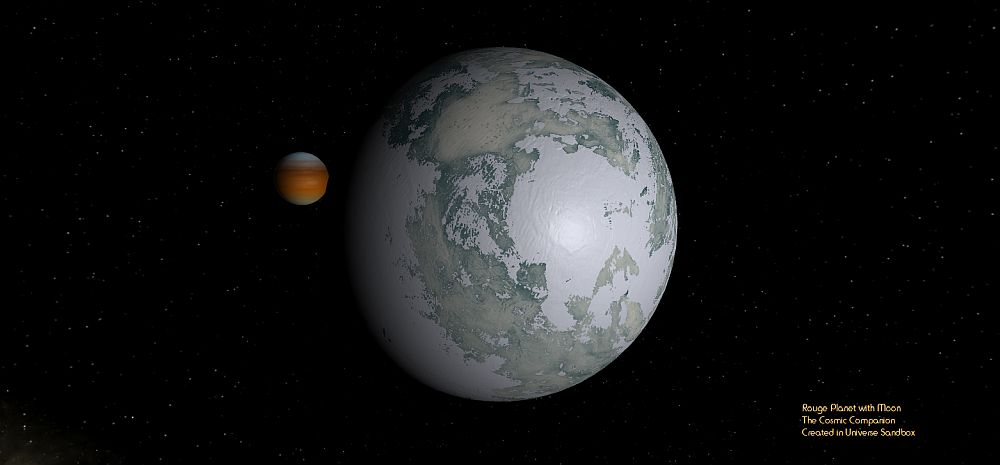
“The microlensing signal from a rogue planet only lasts between a few hours and a couple of days and then is gone forever. This makes them difficult to observe from Earth, even with multiple telescopes. Roman is a game-changer for rogue planet searches,” Matthew Penny, assistant professor of physics and astronomy at Louisiana State University in Baton Rouge, stated.
About three-quarters of the planets found by the Roman Telescope are likely to be gas giants, like Jupiter and Saturn, or ice giants similar to Uranus and Neptune.
A majority of smaller worlds are likely to be mini-Neptunes, possessing between four and eight times as much mass as Earth. Planets like this are known to be common in other planetary families, although none exist in our own solar system.
A fraction of worlds seen by Roman are likely to be found within the habitable, or Goldilocks, zone around their parent star, where temperatures are neither too hot, nor too cold, for water to pool on their surface. Gas giants could be the centers of their own systems of water-rich moons, like Europa and Enceladus, warmed by tidal forces and geochemical processes.
Your Father was a Roman?
One advantage of the Roman telescope is its wide field-of-view. Much like the way binoculars see more of the sky at one time than a telescope, this instrument is designed to see large swatches of sky with each observation.
The Nancy Grace Roman Telescope will be capable of taking image at a resolution equal to Hubble, but with a field-of-view 100 times greater than that instrument. Every day, it will gather 500 times more data than its counterpart.
[embedded content]
Hit the play button above for a look at how the Nancy Grace Roman Telescope will compare to Hubble in clarity and field-of-view, in this video by L. Hustak (STScI) / Goddard Media Studios.
One challenge with the Roman Telescope is that this is such a revolutionary instrument, follow-up observations are exceptionally difficult — there is no other instrument capable of doing what the Nancy Grace Roman Telescope will do.
“The potential of [The Roman Telescope] to detect large numbers of transiting planets is complicated by the difficulty of directly confirming those planets by traditional methods. In general, because the host stars of [Roman]-detected transiting planets will be so faint, it will not be possible to conduct followup RV observations to confirm their masses and rule out false positives,” Yee and her team wrote in the Publications of the Astronomical Society of the Pacific in 2017.
Located a million miles away from Earth, the Nancy Grace Roman Telescope will see far deeper into the Milky Way than previous missions, although just over a small patch of sky. This instrument will spend months staring at a single point in the sky, allowing it to find hundreds of unknown worlds using microlensing.
“The universe could be teeming with rogue planets and we wouldn’t even know it. We would never find out without undertaking a thorough, space-based microlensing survey like Roman is going to do,” explains Scott Gaudi, a professor of astronomy at Ohio State University.
Stellar systems explored by Kepler averaged a distance of just 2,000 light years from Earth, seen within a square totaling 115 degrees square. The TESS Telescope observes nearly the entire sky, but only examines systems within 150 light years from Earth. The Roman Telescope will be capable of finding exoplanets as far as 26,000 light years from our home world.
Future astronomers will spend years or decades poring through data collected by The Nancy Grace Roman Telescope, in the search for worlds beyond our solar system.
This article was originally published on The Cosmic Companion by James Maynard, founder and publisher of The Cosmic Companion. He is a New England native turned desert rat in Tucson, where he lives with his lovely wife, Nicole, and Max the Cat. You can read this original piece here.
Science
Asteroid Apophis will visit Earth in 2029, and this European satellite will be along for the ride

The European Space Agency is fast-tracking a new mission called Ramses, which will fly to near-Earth asteroid 99942 Apophis and join the space rock in 2029 when it comes very close to our planet — closer even than the region where geosynchronous satellites sit.
Ramses is short for Rapid Apophis Mission for Space Safety and, as its name suggests, is the next phase in humanity’s efforts to learn more about near-Earth asteroids (NEOs) and how we might deflect them should one ever be discovered on a collision course with planet Earth.
In order to launch in time to rendezvous with Apophis in February 2029, scientists at the European Space Agency have been given permission to start planning Ramses even before the multinational space agency officially adopts the mission. The sanctioning and appropriation of funding for the Ramses mission will hopefully take place at ESA’s Ministerial Council meeting (involving representatives from each of ESA’s member states) in November of 2025. To arrive at Apophis in February 2029, launch would have to take place in April 2028, the agency says.
This is a big deal because large asteroids don’t come this close to Earth very often. It is thus scientifically precious that, on April 13, 2029, Apophis will pass within 19,794 miles (31,860 kilometers) of Earth. For comparison, geosynchronous orbit is 22,236 miles (35,786 km) above Earth’s surface. Such close fly-bys by asteroids hundreds of meters across (Apophis is about 1,230 feet, or 375 meters, across) only occur on average once every 5,000 to 10,000 years. Miss this one, and we’ve got a long time to wait for the next.
When Apophis was discovered in 2004, it was for a short time the most dangerous asteroid known, being classified as having the potential to impact with Earth possibly in 2029, 2036, or 2068. Should an asteroid of its size strike Earth, it could gouge out a crater several kilometers across and devastate a country with shock waves, flash heating and earth tremors. If it crashed down in the ocean, it could send a towering tsunami to devastate coastlines in multiple countries.
Over time, as our knowledge of Apophis’ orbit became more refined, however, the risk of impact greatly went down. Radar observations of the asteroid in March of 2021 reduced the uncertainty in Apophis’ orbit from hundreds of kilometers to just a few kilometers, finally removing any lingering worries about an impact — at least for the next 100 years. (Beyond 100 years, asteroid orbits can become too unpredictable to plot with any accuracy, but there’s currently no suggestion that an impact will occur after 100 years.) So, Earth is expected to be perfectly safe in 2029 when Apophis comes through. Still, scientists want to see how Apophis responds by coming so close to Earth and entering our planet’s gravitational field.
“There is still so much we have yet to learn about asteroids but, until now, we have had to travel deep into the solar system to study them and perform experiments ourselves to interact with their surface,” said Patrick Michel, who is the Director of Research at CNRS at Observatoire de la Côte d’Azur in Nice, France, in a statement. “Nature is bringing one to us and conducting the experiment itself. All we need to do is watch as Apophis is stretched and squeezed by strong tidal forces that may trigger landslides and other disturbances and reveal new material from beneath the surface.”
By arriving at Apophis before the asteroid’s close encounter with Earth, and sticking with it throughout the flyby and beyond, Ramses will be in prime position to conduct before-and-after surveys to see how Apophis reacts to Earth. By looking for disturbances Earth’s gravitational tidal forces trigger on the asteroid’s surface, Ramses will be able to learn about Apophis’ internal structure, density, porosity and composition, all of which are characteristics that we would need to first understand before considering how best to deflect a similar asteroid were one ever found to be on a collision course with our world.
Besides assisting in protecting Earth, learning about Apophis will give scientists further insights into how similar asteroids formed in the early solar system, and, in the process, how planets (including Earth) formed out of the same material.
One way we already know Earth will affect Apophis is by changing its orbit. Currently, Apophis is categorized as an Aten-type asteroid, which is what we call the class of near-Earth objects that have a shorter orbit around the sun than Earth does. Apophis currently gets as far as 0.92 astronomical units (137.6 million km, or 85.5 million miles) from the sun. However, our planet will give Apophis a gravitational nudge that will enlarge its orbit to 1.1 astronomical units (164.6 million km, or 102 million miles), such that its orbital period becomes longer than Earth’s.
It will then be classed as an Apollo-type asteroid.
Ramses won’t be alone in tracking Apophis. NASA has repurposed their OSIRIS-REx mission, which returned a sample from another near-Earth asteroid, 101955 Bennu, in 2023. However, the spacecraft, renamed OSIRIS-APEX (Apophis Explorer), won’t arrive at the asteroid until April 23, 2029, ten days after the close encounter with Earth. OSIRIS-APEX will initially perform a flyby of Apophis at a distance of about 2,500 miles (4,000 km) from the object, then return in June that year to settle into orbit around Apophis for an 18-month mission.
Related Stories:
Furthermore, the European Space Agency still plans on launching its Hera spacecraft in October 2024 to follow-up on the DART mission to the double asteroid Didymos and Dimorphos. DART impacted the latter in a test of kinetic impactor capabilities for potentially changing a hazardous asteroid’s orbit around our planet. Hera will survey the binary asteroid system and observe the crater made by DART’s sacrifice to gain a better understanding of Dimorphos’ structure and composition post-impact, so that we can place the results in context.
The more near-Earth asteroids like Dimorphos and Apophis that we study, the greater that context becomes. Perhaps, one day, the understanding that we have gained from these missions will indeed save our planet.

Science
McMaster Astronomy grad student takes a star turn in Killarney Provincial Park
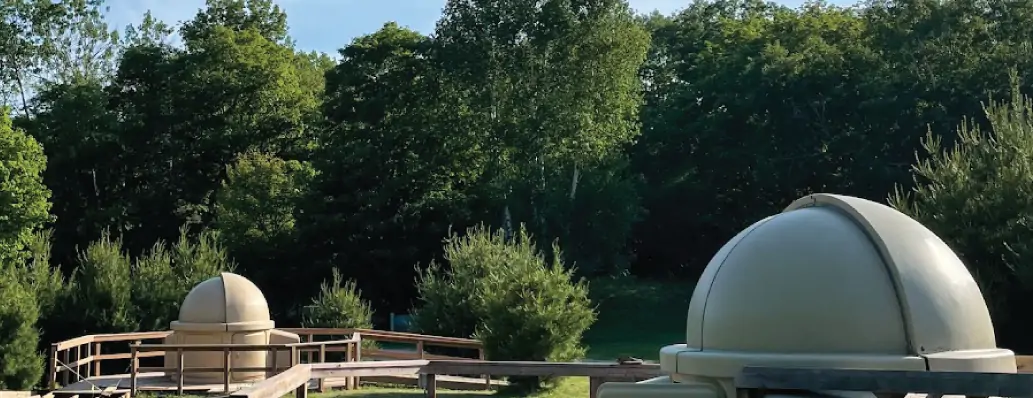
Astronomy PhD candidate Veronika Dornan served as the astronomer in residence at Killarney Provincial Park. She’ll be back again in October when the nights are longer (and bug free). Dornan has delivered dozens of talks and shows at the W.J. McCallion Planetarium and in the community. (Photos by Veronika Dornan)
BY Jay Robb, Faculty of Science
July 16, 2024
Veronika Dornan followed up the April 8 total solar eclipse with another awe-inspiring celestial moment.
This time, the astronomy PhD candidate wasn’t cheering alongside thousands of people at McMaster — she was alone with a telescope in the heart of Killarney Provincial Park just before midnight.
Dornan had the park’s telescope pointed at one of the hundreds of globular star clusters that make up the Milky Way. She was seeing light from thousands of stars that had travelled more than 10,000 years to reach the Earth.
This time there was no cheering: All she could say was a quiet “wow”.
Dornan drove five hours north to spend a week at Killarney Park as the astronomer in residence. part of an outreach program run by the park in collaboration with the Allan I. Carswell Observatory at York University.
Dornan applied because the program combines her two favourite things — astronomy and the great outdoors. While she’s a lifelong camper, hiker and canoeist, it was her first trip to Killarney.
Bruce Waters, who’s taught astronomy to the public since 1981 and co-founded Stars over Killarney, warned Dornan that once she went to the park, she wouldn’t want to go anywhere else.
The park lived up to the hype. Everywhere she looked was like a painting, something “a certain Group of Seven had already thought many times over.”
She spent her days hiking the Granite Ridge, Crack and Chikanishing trails and kayaking on George Lake. At night, she went stargazing with campers — or at least tried to. The weather didn’t cooperate most evenings — instead of looking through the park’s two domed telescopes, Dornan improvised and gave talks in the amphitheatre beneath cloudy skies.
Dornan has delivered dozens of talks over the years in McMaster’s W.J. McCallion Planetarium and out in the community, but “it’s a bit more complicated when you’re talking about the stars while at the same time fighting for your life against swarms of bugs.”
When the campers called it a night and the clouds parted, Dornan spent hours observing the stars. “I seriously messed up my sleep schedule.”
She also gave astrophotography a try during her residency, capturing images of the Ring Nebula and the Great Hercules Cluster.
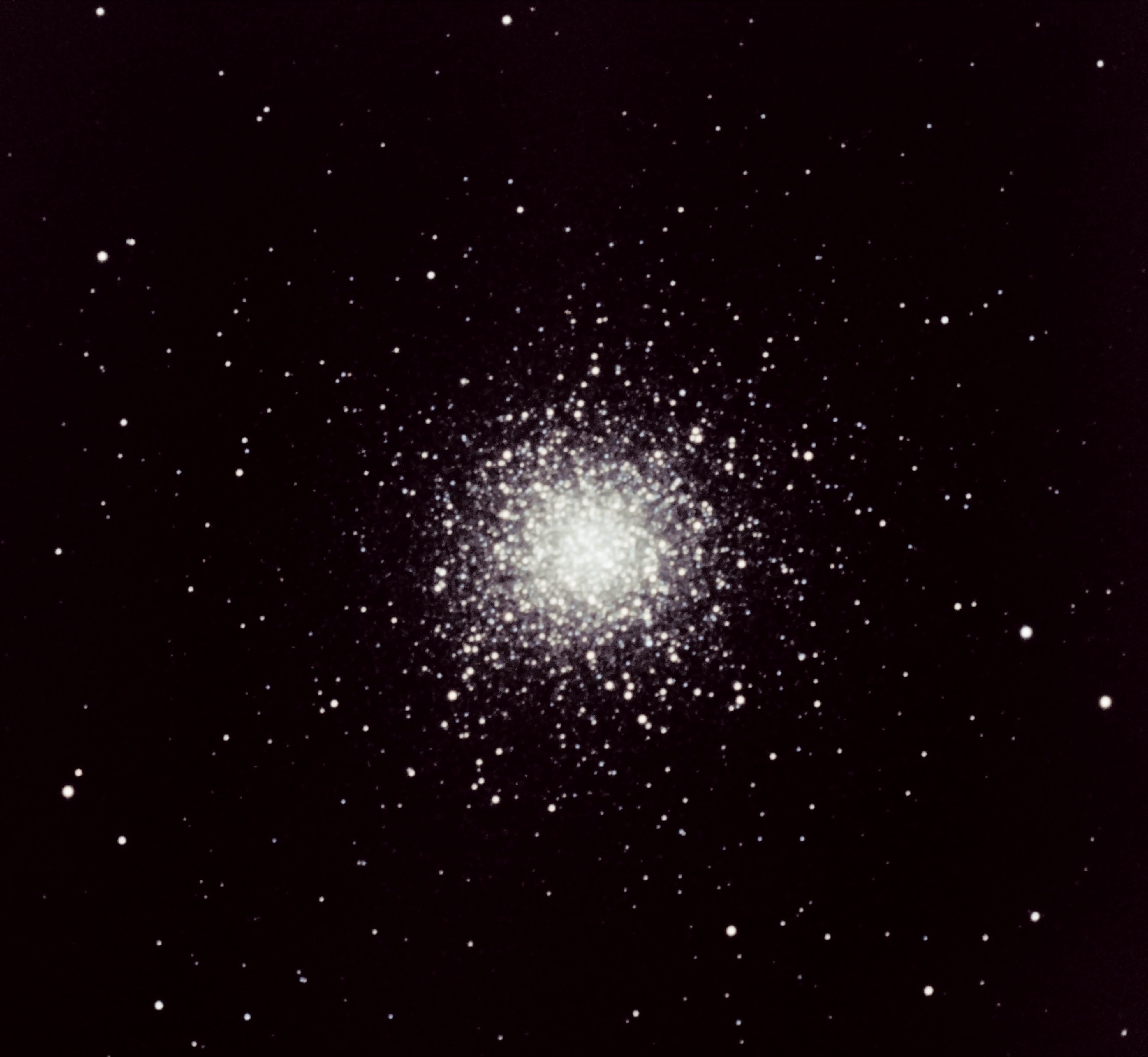
“People assume astronomers take their own photos. I needed quite a lot of guidance for how to take the images. It took a while to fiddle with the image properties, but I got my images.”
Dornan’s been invited back for another week-long residency in bug-free October, when longer nights offer more opportunities to explore and photograph the final frontier.
She’s aiming to defend her PhD thesis early next summer, then build a career that continues to combine research and outreach.
“Research leads to new discoveries which gives you exciting things to talk about. And if you’re not connecting with the public then what’s the point of doing research?”

Science
Where in Vancouver to see the ‘best meteor shower of the year’
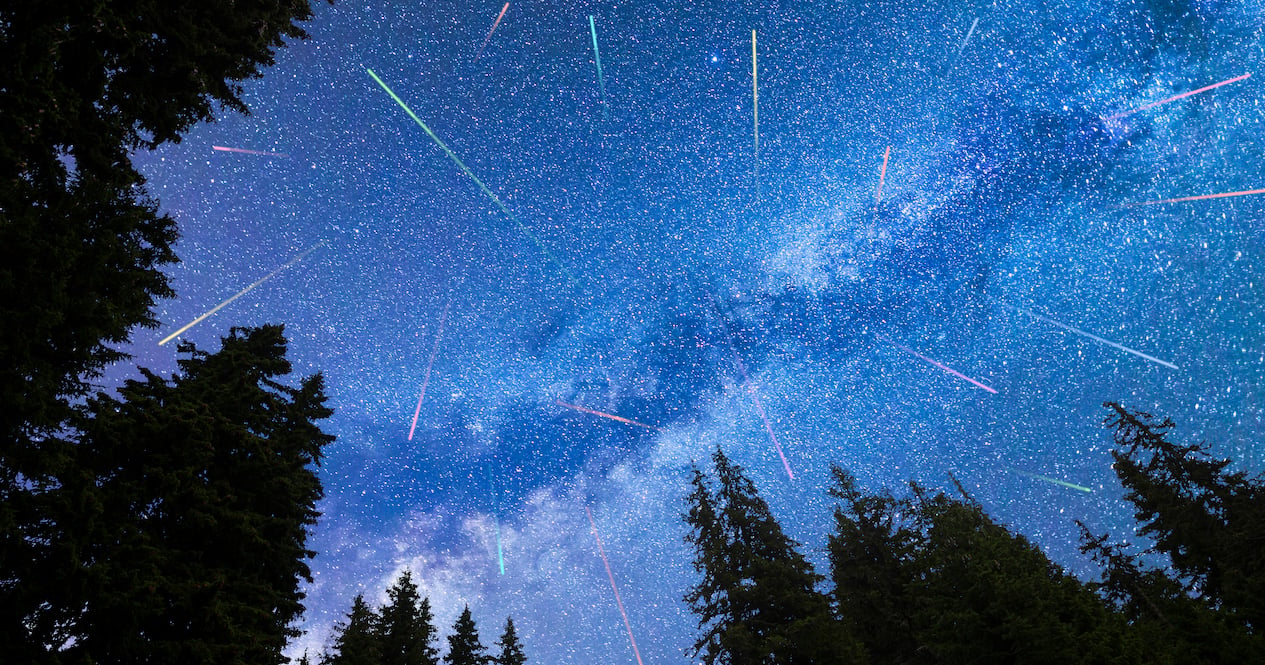
Eyes to the skies, Vancouver, because between now and September 1st, stargazers can witness the ‘best meteor shower of the year’ according to NASA.
Known for its “long wakes of light and colour,” the Perseid Meteor Shower will peak on August 12th, 2024 – so consider this list a great place to start if you’re in search of a prime stargazing spots!
Grab your lawn chairs and blankets, and seek as little light pollution as possible. Here are some ideal stargazing spots to check out in and around Vancouver this summer.
Recent Posts:
This island with clear waters has one of the prettiest towns in BC
10 beautiful lake towns to visit in BC this summer
Wreck Beach
If you’re willing to brave the stairs and the regulars, it doesn’t get much better than Wreck Beach for watching the skies – for both sunsets and stargazing. The west-facing views practically eliminate immediate distractions from the city lights.
Spanish Banks Park
Spanish Banks is the perfect mixture of convenience and quality. Its location offers unobstructed views of the skies above, and it’s far enough away from downtown to mitigate some of the light pollution.
Burnaby Mountain Park
If it’s good enough for a university observatory, it’s good enough for us. Pretty much anywhere on Burnaby Mountain will offer tremendous viewpoints, but the higher you get the better (safely).
Porteau Cove
A short drive from Vancouver gets you incredible views of the Howe Sound from directly on the water. And naturally, its distance from any nearby community makes it a prime spot for stargazing.
Cypress Mountain
In addition to having one of the best viewpoints in Vancouver period, Cypress Mountain (and the road up to it) is also a great place to watch the sky. For a double-whammy, we say that you come around sunset, then hang out while the sky gets dark. Sure, it might take a few hours, but the view is worth it.
So there you have it, stargazers! Get ready to witness a dazzling show this summer.

-

 News15 hours ago
News15 hours agoBlue Jays sweep Red Sox, Jansen in doubleheader
-

 News19 hours ago
News19 hours agoBrazil’s Lula praises Olympic athletes at presidential palace
-

 News20 hours ago
News20 hours agoDefending champion Montreal Carabins top first U Sports football rankings of season
-

 News10 hours ago
News10 hours agoCanadaNewsMedia news August 2024: Cabinet retreat turns gaze to U.S. trade relations
-

 News19 hours ago
News19 hours agoLawyer for Coutts protester suggests jury rushed to judgment before long weekend
-

 News7 hours ago
News7 hours agoChina accuses Canada of protectionism over 100% tariffs on electric vehicles
-

 News6 hours ago
News6 hours agoParalympic Games in Paris will stand out for veteran goalball captain Amy Burk
-

 News24 hours ago
News24 hours agoTrudeau announced reduction in number of migrant workers ignores abuse concerns





















